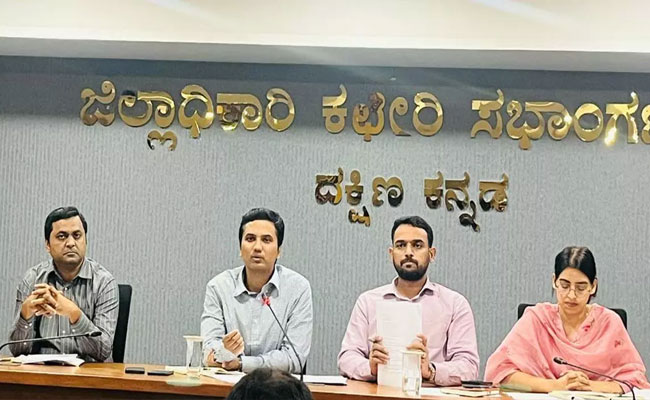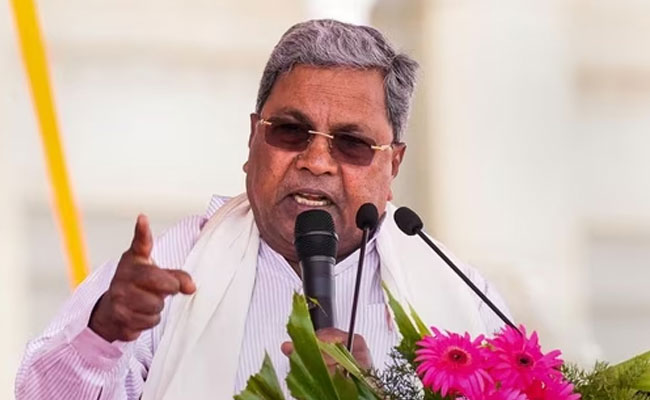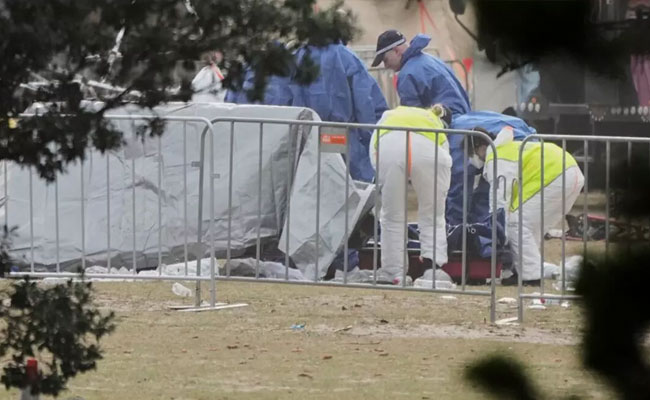Bengaluru: The Karnataka Examinations Authority (KEA) has announced a mandatory dress code and strict reporting guidelines for students appearing for the Common Entrance Test (CET), scheduled to be held from April 15 to 17.
According to a release, all candidates must adhere to a prescribed dress code: both male and female students are required to wear half-sleeve attire, preferably without collars. Male candidates must wear simple pants with minimal or no pockets, while items such as jeans, kurta-pyjamas, and shoes are prohibited. The use of electronic gadgets, including mobile phones, smartwatches, and earphones, will not be allowed inside examination halls.
To ensure smooth conduct of the exam, KEA has directed candidates to report to their respective centres at least 90 minutes prior to the commencement of the examination.
KEA Executive Director H. Prasanna emphasised the importance of early arrival. “Candidates must reach the centre one-and-a-half hours in advance to undergo security screening. Police personnel and home guards will be deployed to conduct thorough checks before entry,” he said. Prasanna also noted that facial recognition technology and QR code scanning would be used for identification of candidates.
To prevent any malpractice, Prasanna confirmed that all 775 exam centres across Karnataka will be monitored via CCTV surveillance, with real-time webcasting to ensure transparency. He also stated that district-level officials, including Deputy Commissioners and Chief Executive Officers of Zilla Panchayats, will oversee the process.
Highlighting the importance of the CET as an opportunity to improve rankings, Prasanna urged students not to skip the exam, even if they had underperformed or failed in their PU exams.
In the coastal districts of Dakshina Kannada and Udupi, a total of 30,614 students are expected to appear for the CET on April 16 and 17, across 66 designated examination centres.
Let the Truth be known. If you read VB and like VB, please be a VB Supporter and Help us deliver the Truth to one and all.
New Delhi (PTI): The BJP on Tuesday alleged that West Bengal Chief Minister Mamata Banerjee's accepting Aroop Biswas' resignation as the state sports minister is nothing but a "rear-guard action" to douse public anger over the mismanagement of football icon Lionel Messi's event last week.
BJP co-in-charge for West Bengal Amit Malviya alleged that this is also an "open confession" that the Messi event fiasco was not accidental but a government-manufactured disaster, borne out of the poor governance of Banerjee, her ministers and the state bureaucracy.
Banerjee on Tuesday accepted Biswas' resignation as the sports minister in the wake of the controversy over the mismanagement of football icon Messi's event last week, a senior leader of the ruling TMC said.
Biswas, who had written to the chief minister seeking to be relieved of his responsibilities as sports minister, will continue as a cabinet minister, retaining charge of the power department.
ALSO READ: Slain Australia beach shooting suspect native of Hyderabad: T'gana police
Reacting to the development, Malviya said in a post on X, "TMC Sports Minister Aroop Biswas resigns after the Messi fiasco and Mamata Banerjee accepts it in record time."
"Do not mistake this for accountability; this is nothing but a rear-guard action to douse public anger. anger! This is not 'Raj Dharma'," he added.
The BJP leader alleged that the incident was the outcome of "loot" of common people which is "so synonymous" with the TMC.
The incident was also the outcome of the "shameless VIP culture that TMC thrives on and deep-rooted cronyism promoted by Banerjee," he charged.
Malviya further alleged that Biswas' resignation exposes a "collective failure of Mamata Banerjee, her partisan bureaucracy, and her crony cabinet".
"This is a symbolic sacrifice, a political hoax, soon to be buried under layers of bureaucracy, with no justice, no accountability, and no remorse," the BJP leader said, adding, "No resignation will bring back the time lost, the money wasted, or the stolen chance for football lovers to witness Messi in Kolkata."




